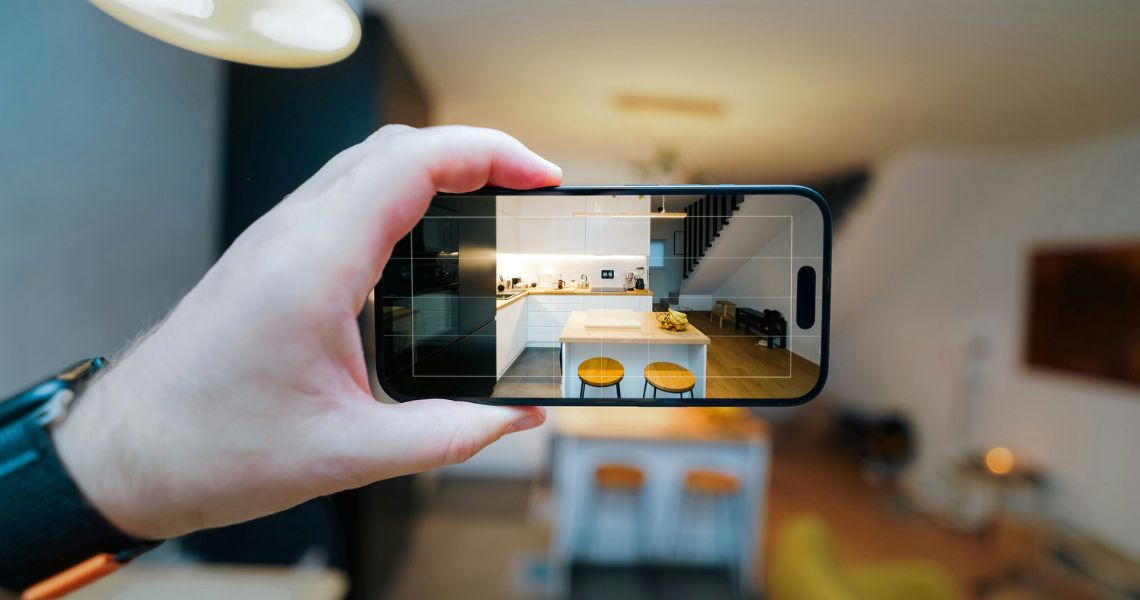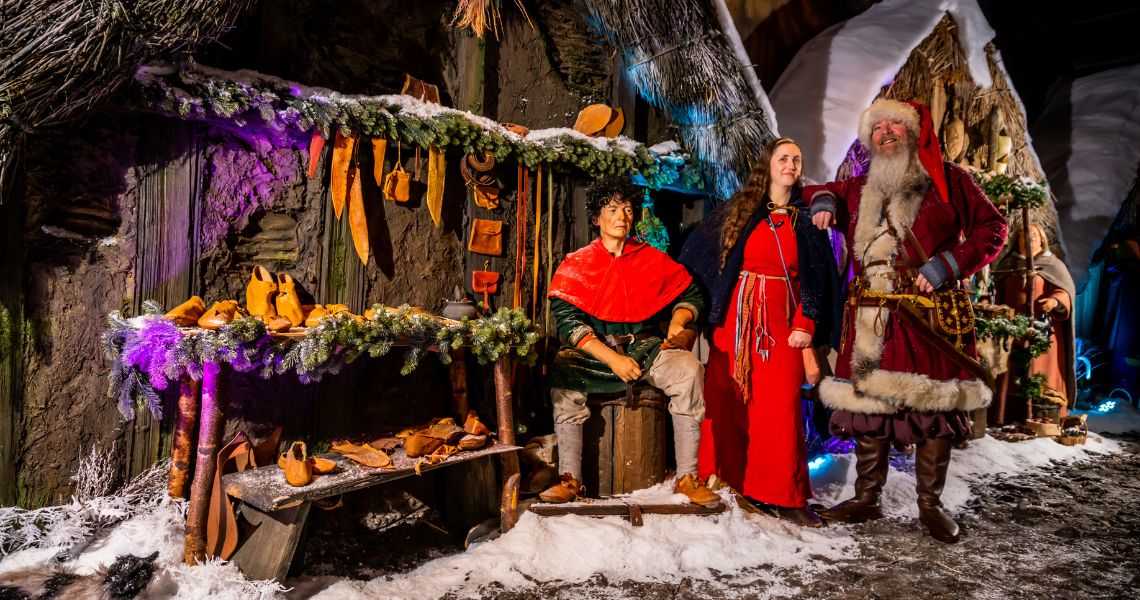During the run-up to Christmas, teachers are always looking for ways to make their lessons more fun and engaging.
In this article, we look into different ideas for STEM project experiments for all to enjoy in the classroom over the festive season.
What Is STEM Education?
STEM stands for Science, Technology Engineering, and Mathematics. This term is used collectively to group like-minded subjects. Each of these subjects is known to emphasise:
– Collaboration
– Communication
– Research
– Problem-solving
– Critical thinking
– Creativity
The above are all considered to be general educational skills that students require in order to be successful in today’s world – regardless of specific interests or career goals.
STEM Christmas Experiments
With science at your fingertips and a Christmas chill in the air, there are countless different ways to get creative with STEM project experiments in the classroom this Christmas.
- Fizzing Snowflakes – all you need for hours of fizzing fun, is a plastic tray, some baking soda, distilled white vinegar, a thin-nozzle plastic bottle, and a pipette. Simply unscrew the bottle top and carefully fill with baking powder, before securing the top tightly back on again. Draw your snowflakes on the base of the tray, making them as big or as small as you’d like. Then dip the end of your pipette into the vinegar and proceed with squeezing small drops onto your snowflake design – and watch the fantastic fizzing begin!
- Christmas Lego – Let the children channel their inner architects with Christmas Lego. With millions of Christmas-inspired builds to choose from, such as Mary and Joseph in the stable, Rudolph the red-nosed reindeer, Christmas trees, Santa Claus – and more!
- Christmas lights using Arduino – Create incredible Christmas lights that dance to the sound of selected Christmas songs for all to enjoy! Simply use an Arduino kit and carefully follow the instructions to code and program your merry way to connecting your speaker to your festive fairy lights
- Create Hot Ice – This can be a fun novelty for all classmates because everyone knows ice is freezing cold, of course! But with a touch of scientific magic, this experiment can wow students as they have the chance to make hot ice.
Things you’ll need:
– Baking soda
– Vinegar
– Large pot
– Aluminium foil
– Rubbing alcohol
– Safety goggles
– Gloves
First, put on protective goggles and gloves. Next, mix 6 cups of vinegar and 6 tablespoons of baking soda in a large bowl. Add the baking soda slowly – this will create sodium acetate. boil your sodium acetate mixture down until there are only about 1-2 cups left – wait for crystals to magically form!
Simply click here to find the full recipe online, where you can follow each step carefully.












